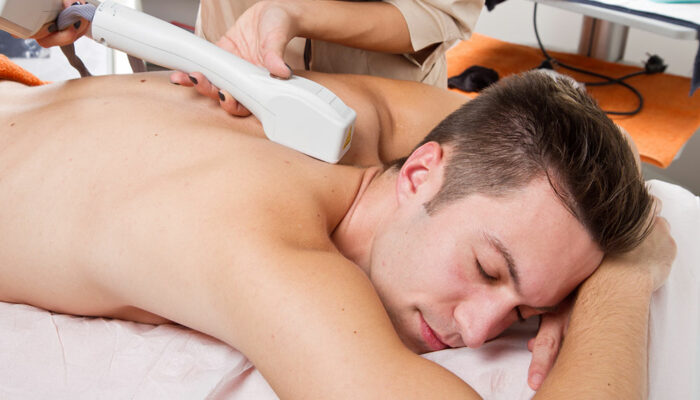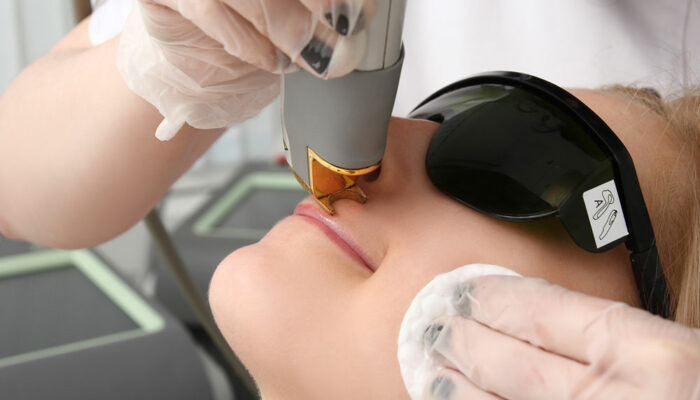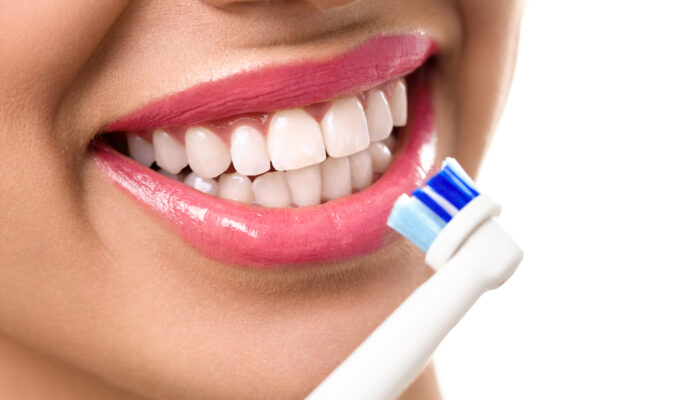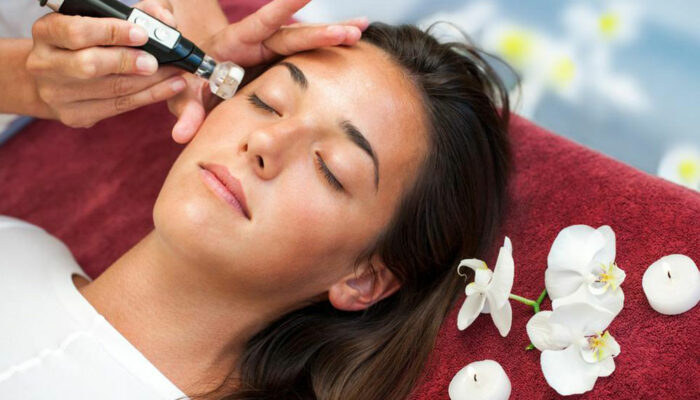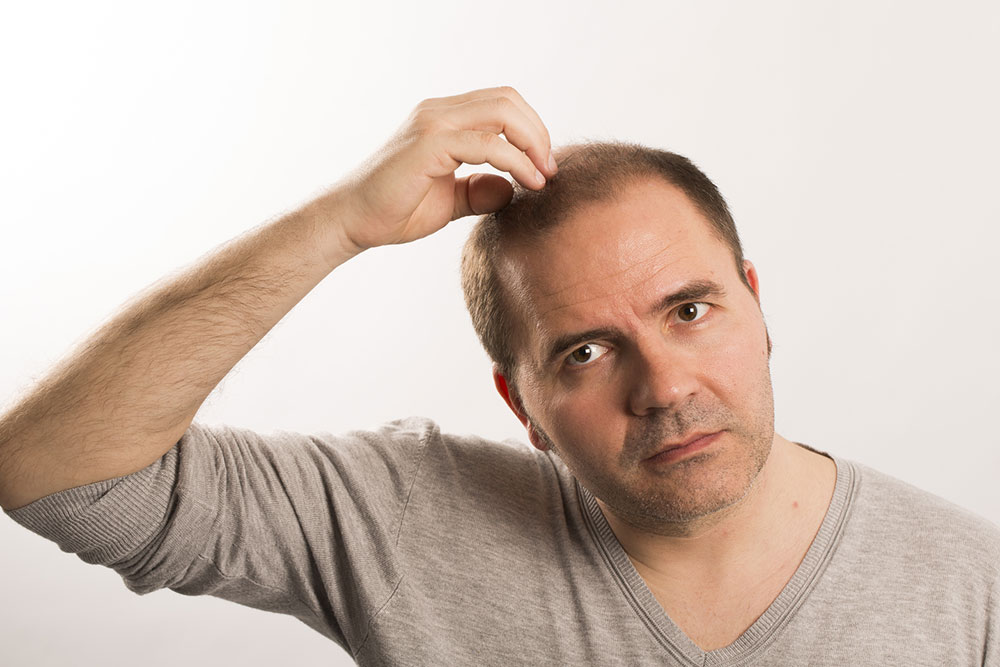
Symptoms and Treatments for Male Pattern Baldness
Male pattern baldness is a common issue facing many men and even women today. The condition is officially called androgenetic alopecia, and it affects more than 50% of men who above the age of 50. It is also the prominent cause of hair loss in men. The symptoms include getting a single bald patch in your hair, hairline receding until there is complete hair loss and hair loss that begins at the crown of the head.
While there is no distinct cure for male baldness there are many treatments available that can slow down the process:
1. Rogaine
Rogaine is a popular and very effective method of treatment for hair loss for men. Also called Minoxidil, this treatment was the first hair loss treatment to be approved by the FDA. Treatment with this may result in up to 25 % regrowth of hair in three months.
2. Finasteride
Known under the brand names of Propecia and Proscar. Finasteride the first pill developed to treat male baldness. Since it’s been FDA approved it’s helped many men treat their hair loss.
3. Essential oils
The use of oils has been well known to help with hair growth. The most used oil for baldness is peppermint oil. Other oils that are somewhat effective are olive oil, rosemary oil, coconut oil, and castor oil, which are much more minimal effects compared to peppermint oil.
4. Biotin
Taking biotin supplements may slow down hair loss. Most of the studies done have been primarily on women, which may make this a better hair treatment for women with hair loss. Biotin is also found naturally in some foods like onions, nuts, sweet potatoes and more. Even biotin-rich onion juice has been attributed to helping people regain hair loss when putting it in their hair versus regular tap water.
5. Be gentle
To help prevent hair loss it’s essential to be careful with how you treat your hair. The key is to be as gentle as you can with your hair. For instance:
- Avoid twisting your hair or pulling it excessively.
- Use combs that have wider gaps between the bristles, especially on wet hair.
- Avoid tight or over produced hairstyles and treatments that are harsh on your hair.
- When you brush your hair, do be as gentle as you can.
- Avoid bleaching your hair or using chemicals of any sort on your hair.
- If you want to dye your hair, it’s best to go to a professional hairdresser or barber you trust who is knowledgeable with sensitive hair.
6. Sleep and self care
One of the most key components of self-care is sleep. If you find yourself living a busy lifestyle try your best to get as much sleep as you need. Getting adequate sleep is key to self-care and can help minimize stress and hair loss down the road.
There are many treatments available for baldness, although some will be more effective than others. It’s important to find professional help, getting advice from your doctor on the best treatments or seeing hair loss specialists who can take on your case. Don’t forget life does continue after hair loss.
